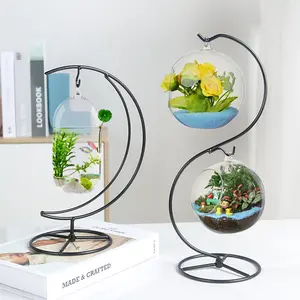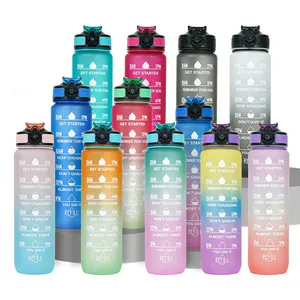Popular in your industry















Related Searches:






















Top categories
About planter drainage
Understanding Planter Drainage
Planter drainage is a critical aspect of horticulture that ensures the health and longevity of plants. Proper drainage in flower pots facilitates the removal of excess water, safeguarding roots from decay and diseases. The concept of drainage in potted plants is not just about the escape of water but also about the flow of air, which is vital for root development and nutrient uptake.
Materials and Design
Materials used in creating plant pots with drainage vary, including plastic, clay, ceramic, and eco-friendly options like biodegradable bamboo. Each material offers unique benefits, such as moisture retention or breathability. Pots with drainage holes are a common design, allowing water to exit the soil after watering, thus preventing over-saturation. For those preferring a cleaner solution, plant drainage trays can be used to catch excess water and protect surfaces.
Types of Planter Drainage Systems
The market offers a variety of drainage systems, from traditional pots with drainage holes to innovative solutions like self-watering planters. For enthusiasts who enjoy DIY, drilling holes in ceramic pots is a common practice to enhance drainage. Conversely, drainage in pots without holes relies on layering gravel or stones at the bottom, although this method is less effective at preventing waterlogging.
Applications and Advantages
Drainage systems are not limited to outdoor use; indoor plant pots with drainage are essential for houseplants, contributing to a healthier indoor environment. Indoor planters with drainage are designed to blend with home decor while providing the necessary airflow and moisture management. The benefits of adequate drainage include healthier plant roots, reduced risk of overwatering, and enhanced plant growth.
Eco-Friendly Options
Sustainability is a growing concern, and planters are no exception. Options like flower pots with drainage holes made from biodegradable materials not only serve the purpose of effective drainage but also help in reducing the carbon footprint. Garden pots without drainage holes can be adapted with recycled materials to create a makeshift drainage system, promoting environmental responsibility.
Selection Considerations
Choosing the right planter with adequate drainage is crucial. Factors to consider include the size of the planter relative to the plant, the material's compatibility with the plant's watering needs, and the overall design that complements the planting space. Whether it's a drainage hole plant pot for a lush patio garden or a sleek design for an office space, the right planter can make all the difference.





























